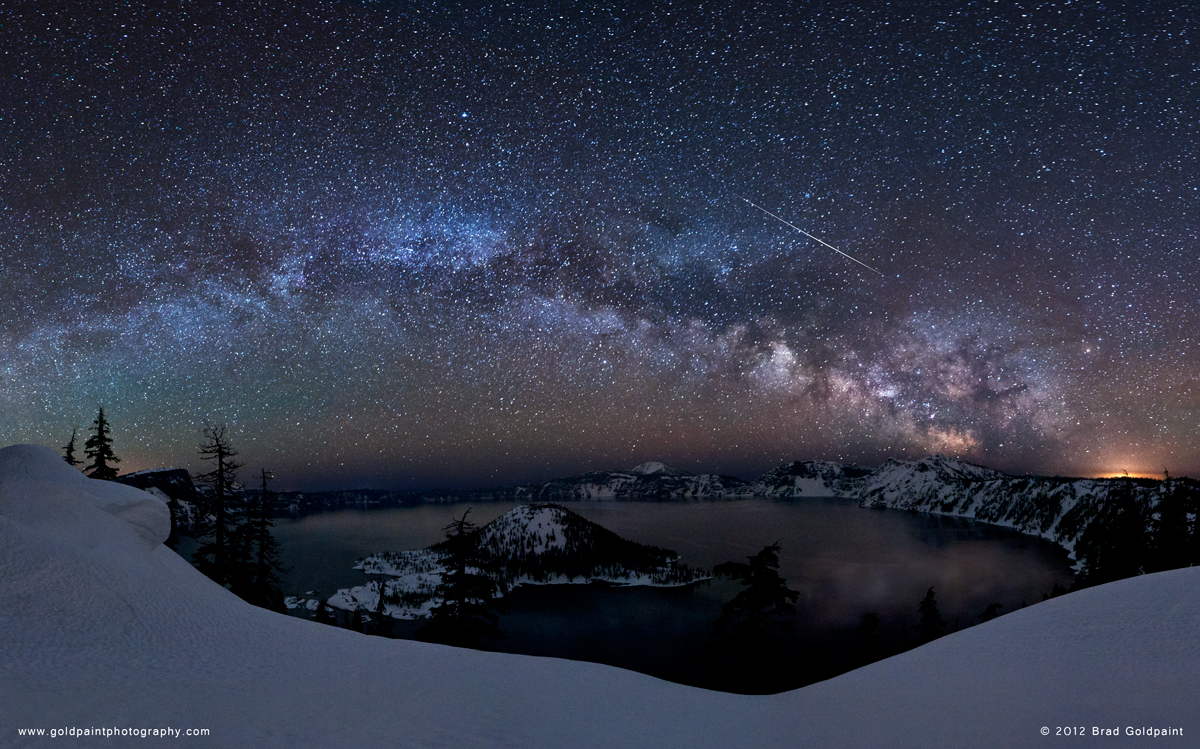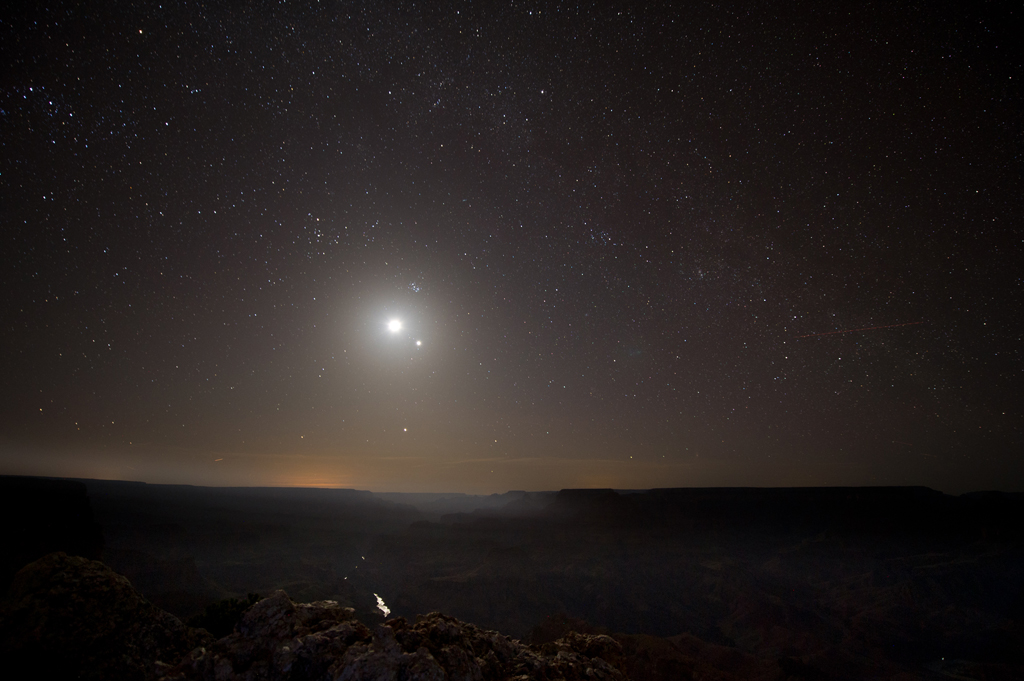Friday, April 27, 2012
Observation Hours
Last night, April 26, I was outside for quite a few hours: from nine to two in the morning in Sarasota. Random, yes. Helpful, also yes. It was amazing because while lying outside I saw no less than six separate satellites going in all different directions. It was cool because they all looked like at some point they would have to cross paths with each other which naturally means they would crash, violently. Obviously this didn't happen because they are at different distances from the Earth. Thinking about this got me to think about that nifty little fact with the grain of sand- if you hold a grain of sand at arms length it covers in the sky approximately 3,000 galaxies. This fact then became even more awesome when we actually ended up at Siesta Key beach by midnight, and held up grains of sand. Very conceptual and extremely mind-blowing. The best part was probably Michael Everingham freaking out about not being able to pick up just one grain though... Back to astronomy. In the west in the early night I saw Orion easily with Rigel and Betelgeuse, and next to it was Canis Major. I like that because, since they are so easily identifiable, I could watch their slow descent towards the horizon and past the treeline. Katie McPartland and I picked out Arcturus towards the north, Sirius, Spica, Saturn, Mars, Venus and even Hydra's head which was interesting because I had never seen it before. Spica and Saturn were much closer to each other than I had expected. Throughout the course of the night we both saw meteorites, at least one each, and oddly enough were able to recognize the summer triangle! Did not see that coming. But we did, starting with Vega in Lyra, and leading down to the Northern Cross in Cygnus and Altair.
APOD 4.5 Meteor Over Crater Lake
Meteor Over Crater Lake
Did you see it? One of the more common questions during a meteor shower occurs because the time it takes for a meteor to flash is typically less than the time it takes for a head to turn. Possibly, though, the glory of seeing bright meteors shoot across and knowing that they were once small pebbles on another world might make it all worthwhile, even if your observing partner(s) could not share in every particular experience. Peaking over the past few days, a dark moonless sky allowed the Lyrids meteor shower to exhibit as many as 30 visible meteors per hour from some locations. A bright Lyrid meteor streaks above picturesque Crater Lake in Oregon, USA, in the above composite of nine exposures taken last week. Snow covers the foreground, while the majestic central band of our home galaxy arches well behind the serene lake. Other meteor showers this year include the Perseids in mid-August and the Leonids in mid-November, both expected to also dodge the glare of a bright Moon in 2012.
APOD 4.4 Discovery Departs
Discovery Departs
Climbing into cloudy skies, the Space Shuttle Orbiter Discovery (OV-103) took off from Kennedy Space Center Tuesday at 7 am local time. This time, its final departure from KSC, it rode atop a modified Boeing 747 Shuttle Carrier Aircraft. Following a farewell flyover of the Space Coast, Goddard Space Flight Center, and Washington DC, Discovery headed for Dulles International Airport in Virginia, destined to reside at the Smithsonian's National Air and Space Museum Udvar-Hazy Center. Discovery retires as NASA's most traveled shuttle orbiter, covering more than 148 million miles in 39 missions that included the delivery of the Hubble Space Telescope to orbit. Operational from 1984 through 2011, Discovery spent a total of one year in space.
APOD 4.3 A Dust Devil on Mars
A Dust Devil on Mars
Does this look like a random wall with spraypaint on it to anyone else? It was late in the northern martian spring when the HiRISE camera onboard the Mars Reconnaissance Orbiter spied this local denizen. Tracking south and east (down and right) across the flat, dust-covered Amazonis Planitia the core of the whirling dust devil is about 30 meters in diameter. Lofting dust into the thin martian atmosphere, its plume reaches more than 800 meters above the surface. Not following the path of the dust devil, the plume is blown toward the east by a westerly breeze. Common in this region, dust devils occur as the surface is heated by the Sun, generating warm, rising air currents that begin to rotate. Tangential wind speeds of up to 110 kilometers per hour are reported for dust devils in other HiRISE images.
Does this look like a random wall with spraypaint on it to anyone else? It was late in the northern martian spring when the HiRISE camera onboard the Mars Reconnaissance Orbiter spied this local denizen. Tracking south and east (down and right) across the flat, dust-covered Amazonis Planitia the core of the whirling dust devil is about 30 meters in diameter. Lofting dust into the thin martian atmosphere, its plume reaches more than 800 meters above the surface. Not following the path of the dust devil, the plume is blown toward the east by a westerly breeze. Common in this region, dust devils occur as the surface is heated by the Sun, generating warm, rising air currents that begin to rotate. Tangential wind speeds of up to 110 kilometers per hour are reported for dust devils in other HiRISE images.
APOD 4.1 The Grand Canyon in Moonlight
The Grand Canyon in Moonlight
In this alluring night skyscape recorded on March 26, a young Moon stands over the distant western horizon in conjunction with brilliant planet Venus. In the foreground, the Colorado River glistens in moonlight as it winds through the Grand Canyon, seen from the canyon's southern rim at Lipan Point. Of course, the Grand Canyon is known as one of the wonders of planet Earth. Carved by the river, the enormous fissure is about 270 miles (440 kilometers) long, up to 18 miles (30 kilometers) wide and approaches 1 mile (1.6 kilometers) deep. On this date, wonders of the night sky included the compact Pleiades and V-shaped Hyades star clusters poised just above the Moon. Bright planet Jupiter is below the closer Moon/Venus pairing, near the western horizon.
Friday, April 13, 2012
APOD 4.2 Venus and the Sisters
Venus and the Sisters
Admittedly once again, I was drawn to this image for visual purposes. I like how brilliantly the planet Venus shines and in addition how it is one of those things that even amateur stargazers such as myself can easily recognize. After wandering about as far from the Sun on the sky as Venus can get, the brilliant evening star crossed paths with the Pleiades star cluster earlier this week. The beautiful conjunction was enjoyed by skygazers around the world. Taken on April 2, this celestial group photo captures the view from Portal, Arizona, USA. Also known as the Seven Sisters, even the brighter naked-eye Pleiades stars are seen to be much fainter than Venus. And while Venus and the sisters do look star-crossed, their spiky appearance is the diffraction pattern caused by multiple leaves in the aperture of the telephoto lens. The last similar conjunction of Venus and Pleiades occurred nearly 8 years ago. As it did then, Venus will again move on to cross paths with the disk of the Sun in June.
Subscribe to:
Posts (Atom)




